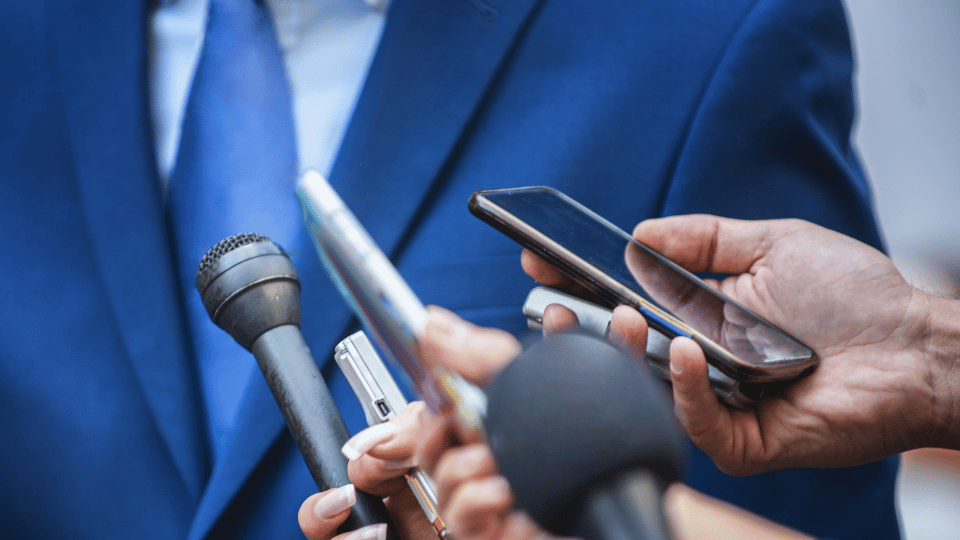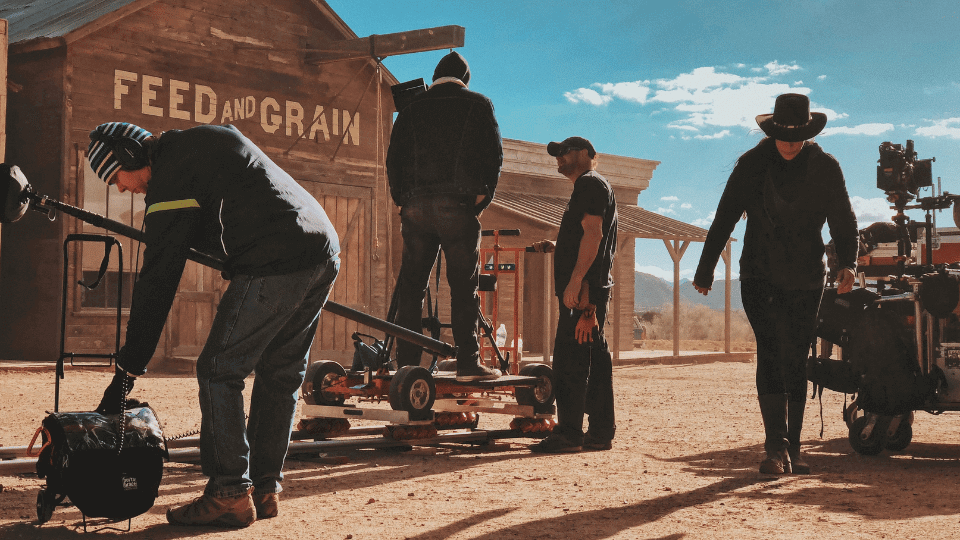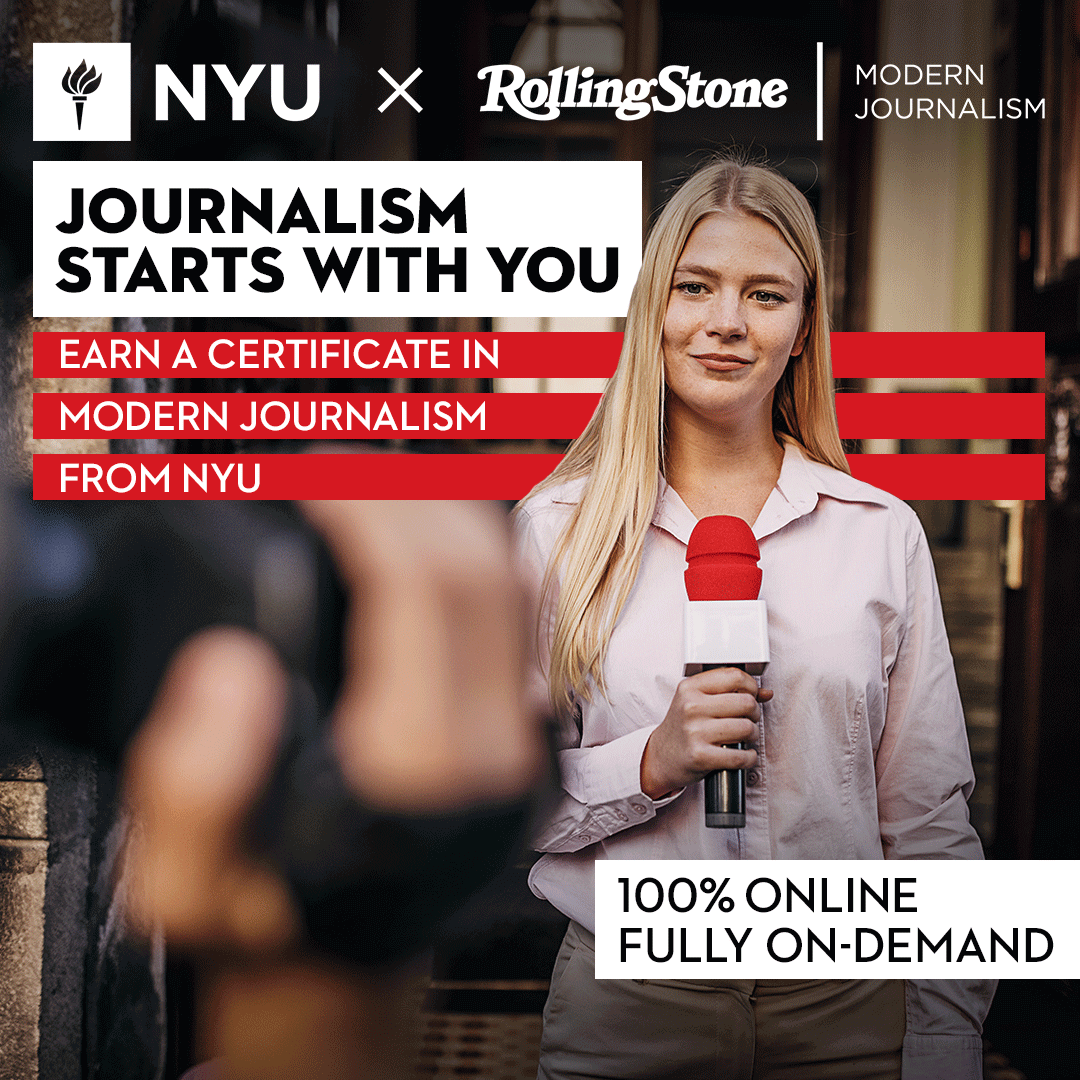Conducting Ethical Broadcast News Interviews: A Comprehensive Guide
In the fast-paced world of broadcast journalism, conducting ethical news interviews is of utmost importance. As journalists, we have a responsibility to gather accurate information, present it in an unbiased manner, and respect the privacy and dignity of our interviewees. Whether you’re a seasoned journalist or just starting out in the field, this comprehensive guide will provide you with valuable insights and practical tips for conducting ethical broadcast news interviews.
1. Research and Preparation
Before conducting any interview, it is crucial to thoroughly research the topic and the interviewee. Familiarize yourself with the subject matter, gather background information, and understand the context in which the interview will take place. This will not only help you ask informed questions but also establish credibility with your interviewee.
2. Maintain Objectivity
As a journalist, it is essential to remain objective and unbiased throughout the interview process. Avoid injecting personal opinions or biases into your questions and allow the interviewee to express their thoughts freely. Remember, your role is to facilitate a fair and balanced conversation, not to impose your own beliefs.
3. Obtain Informed Consent
Obtaining informed consent is a critical step in conducting ethical broadcast news interviews. Clearly explain the purpose of the interview, how the information will be used, and any potential risks involved. Ensure that the interviewee understands their rights, including the option to decline or terminate the interview at any time.
4. Respect Privacy and Confidentiality
Respecting the privacy and confidentiality of your interviewee is paramount. Seek permission before recording audio or video, taking photographs, or publishing any personal or sensitive information. If your interviewee requests anonymity or off-the-record comments, honor their wishes unless there are compelling reasons to disclose the information.
5. Prepare Thoughtful and Open-Ended Questions
Crafting thoughtful and open-ended questions is key to eliciting meaningful responses from your interviewee. Avoid leading or loaded questions that may sway their answers. Instead, ask open-ended questions that encourage them to provide detailed and thoughtful responses. This will enable you to gather valuable insights and create a more engaging interview.
6. Active Listening and Follow-up Questions
During the interview, practice active listening to fully understand your interviewee’s perspective. Pay attention to their responses, body language, and tone of voice. Ask follow-up questions to dig deeper into their answers and clarify any ambiguous points. This will not only help you gather more information but also show your interviewee that you value their input.
7. Maintain Professionalism
Maintaining professionalism throughout the interview process is crucial. Dress appropriately, arrive on time, and treat your interviewee with respect and courtesy. Avoid interrupting or talking over them, and never resort to personal attacks or offensive language. Remember, your conduct reflects not only on yourself but also on the organization you represent.
8. Fact-Checking and Verification
As a journalist, it is your responsibility to ensure the accuracy of the information you present. Fact-check all statements made during the interview and verify any claims or statistics provided. Cross-reference information from multiple sources to ensure its reliability. This will help you maintain your credibility as a journalist and provide your audience with accurate and trustworthy news.
9. Post-Interview Considerations
After the interview, review the content and make any necessary edits for clarity and accuracy. If you plan to quote or reference the interviewee, seek their approval for accuracy and context. If any factual errors are identified, issue a correction promptly. Remember, maintaining transparency and accountability is essential in ethical journalism.
10. Continuous Learning and Improvement
Ethical conduct in broadcast news interviews is an ongoing process of learning and improvement. Stay updated on industry standards, best practices, and ethical guidelines. Seek feedback from colleagues, mentors, or journalism organizations to enhance your interviewing skills and ensure that you are always ethically conducting interviews.
Conclusion
Conducting ethical broadcast news interviews requires thorough research, objectivity, informed consent, privacy and confidentiality, thoughtful questioning, active listening, professionalism, fact-checking, and continuous learning. By following these guidelines, you can uphold the principles of ethical journalism and contribute to a more informed and responsible society.
Key Takeaways:
- Thoroughly research and prepare for interviews to establish credibility.
- Maintain objectivity and allow interviewees to express their thoughts freely.
- Obtain informed consent and respect privacy and confidentiality.
- Craft thoughtful and open-ended questions to elicit meaningful responses.
- Practice active listening and ask follow-up questions to delve deeper.
- Maintain professionalism and treat interviewees with respect.
- Fact-check and verify information to ensure accuracy and credibility.
- Review and seek approval for content post-interview.
- Continuously learn and improve through industry standards and feedback.
To further enhance your skills as a broadcast journalist, consider enrolling in the NYU | Modern Journalism online course and certificate program offered by Yellowbrick. This comprehensive program will provide you with the knowledge and practical tools necessary to excel in the field of journalism, including conducting ethical broadcast news interviews. Don’t miss this opportunity to take your career to new heights. Enroll today!








